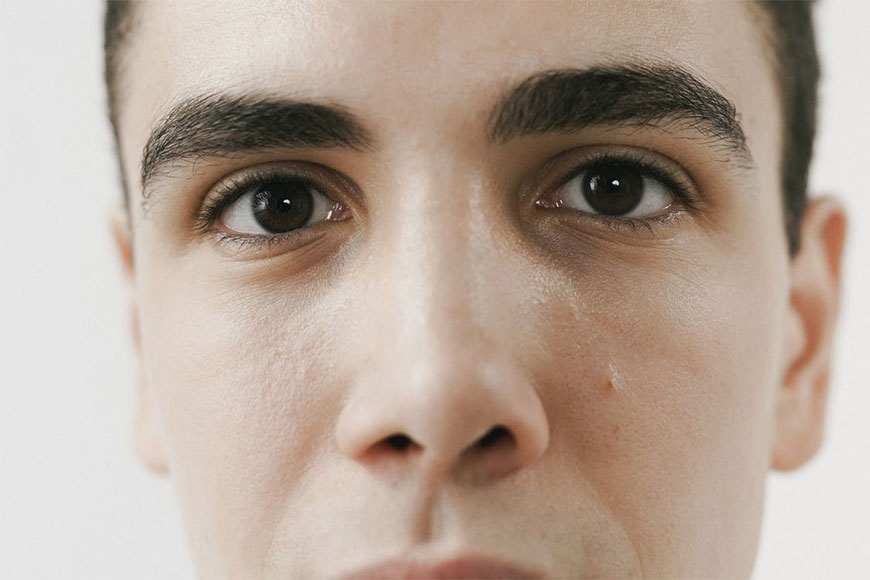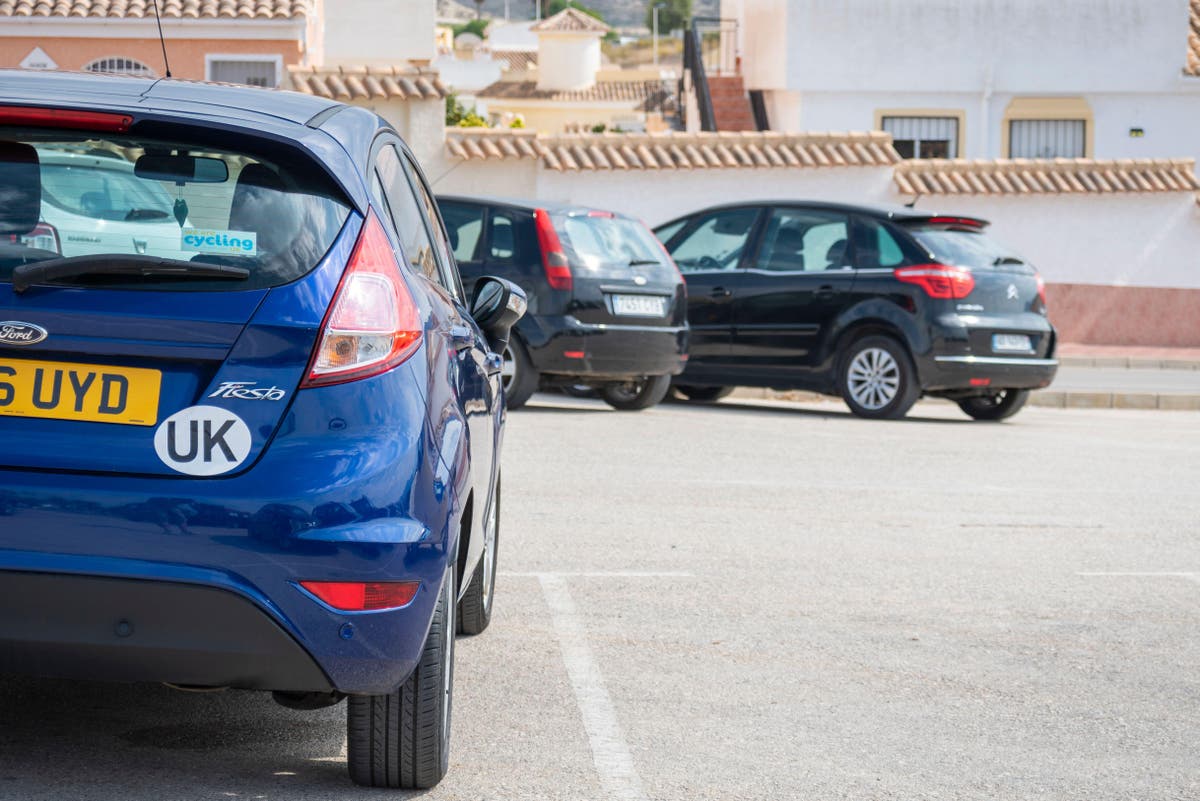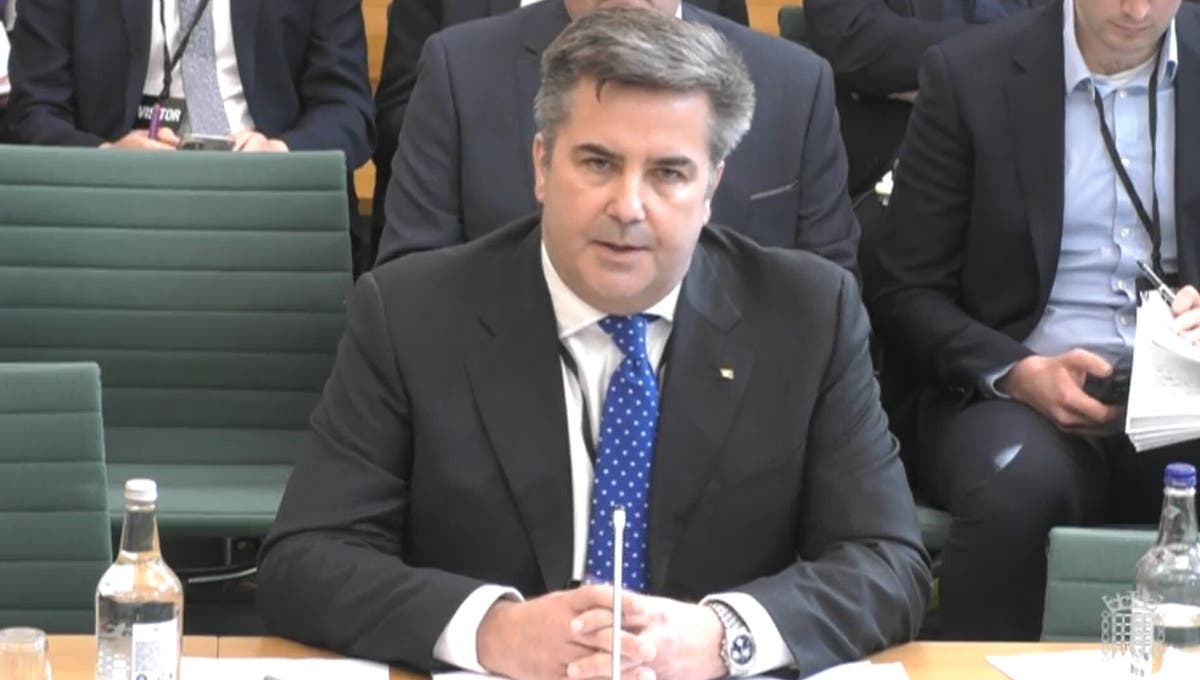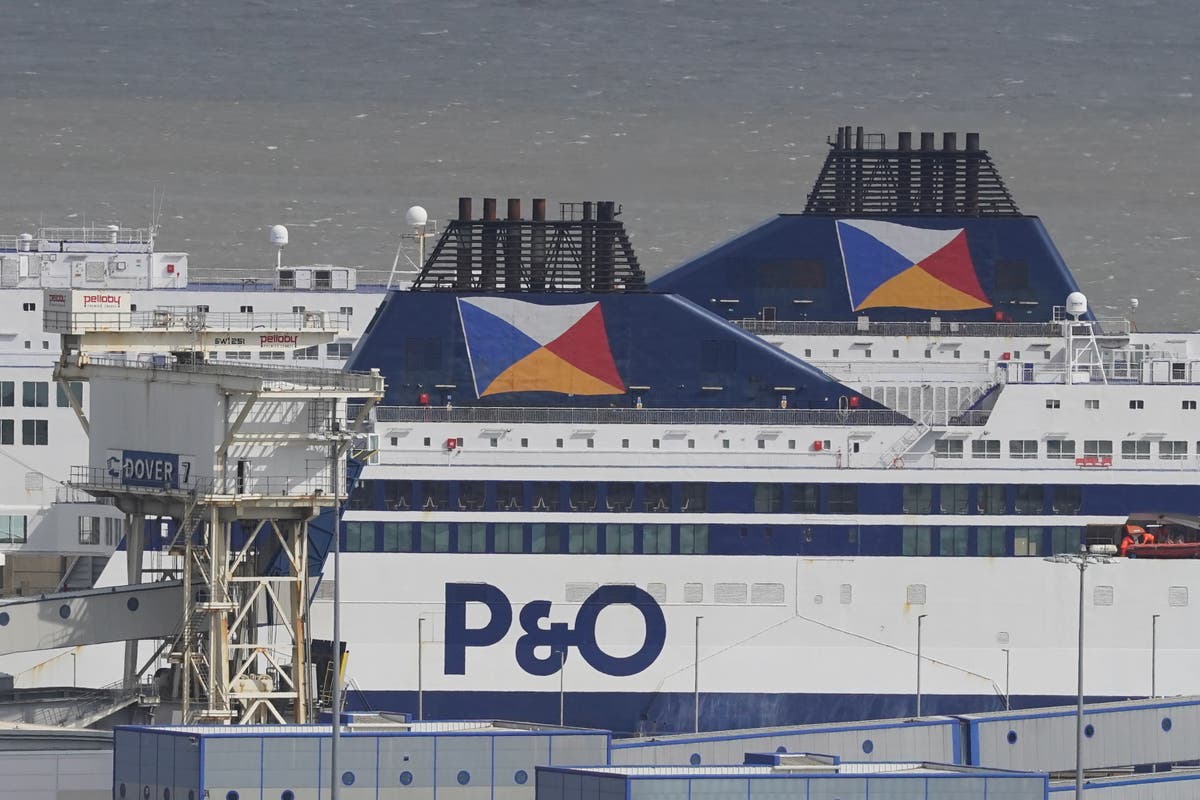St Pancras to Dracula’s Castle by train is three holidays in one
Five trains, six countries and 48 hours: reaching Romania by rail is the perfect hassle-free, European adventure, writes Ben Lerwill

Sign up to Simon Calder’s free travel email for expert advice and money-saving discounts
Get Simon Calder’s Travel email
They say a journey of a thousand miles begins with a single step. That step, for me, comes at 5am on a Tuesday morning in central London. As first light breaks over Bloomsbury’s Cartwright Gardens, a blackbird starts singing from the treetops. The sound echoes off the Georgian townhouses and flows down to the pavement, where the only person around to hear it is me. I have a backpack on and a train to catch. The blackbird keeps singing as I walk through the urban dawn to Euston Road.
Within 15 minutes, I’m passing through check-in at St Pancras International, listening to grumbles in various languages about the ticket-reading machines. Less than three hours later, I’m stepping into Café les Deux Gares, a little chequered-tiled espresso joint in the 10th arrondissement. “Monsieur,” says the waiter in greeting. Jazz is tootling from the speakers, someone’s reading Le Figaro and a moped is parking up outside the window. Paris is very much awake.
Trains are adept at whisking you from the middle of one scene to the middle of another, and the joy of this particular journey is that there’s more of the same to come. From Paris, the European rail network spools out to all corners of the continent, practically begging for onward adventure. My final destination lies some 1,100 miles and two days away to the east, in Romania’s Southern Carpathian mountains. I have just two hours here in the French capital – where the Café des Deux Gares, as its name suggests, sits between Gare du Nord and nearby Gare de l’Est – but there are riches ahead.
Boarding the Eurostar at St Pancras
(Ben Lerwill)
Western Europe takes its high-speed trains seriously. From Gare de l’Est, I board an Inter-City Express (ICE) which hurtles me across the map to Stuttgart in under four hours, crossing the Rhine at Strasbourg and – according to the in-carriage information screen – at times topping 185mph. France passes by in a whoosh of open farmland and wooded hills. Stuttgart Central Station doesn’t ooze glamour but does sell great stuffed pretzels, and after a concourse lunch I continue east, this time bound for Munich.
Read more on rail travel:
German trains are slick, smart and spacious. I have to double-check my ticket to confirm I’m not inadvertently sitting in a first-class seat, and when I wheel out my GCSE German to ask the conductor our arrival time, she replies in perfect English. Soon, Bavaria arrives outside: pine forests, meadows and commuter towns. I watch a stork coming into land in a vast twiggy nest on a telegraph pole. When I reach Munich at half four in the afternoon I’m slightly dazed by how far I’ve already come, but it’s a fine, busy city in which to stop. My hotel is barely a minute from the main station, and the evening yawns out invitingly.
I take a teatime walk along Neuhauser Strasse into the heart of the Old Town. The street is lined with asparagus stalls, flower sellers and towering medieval architecture; commuters, tourists and dog walkers file past in both directions. The evening crowds reach their peak in Marienplatz, where the New Town Hall dominates the square in a flurry of neo-Gothic towers and pinnacles. The Old Town Hall – levelled by bombing in WWII, then rebuilt – stands close by, as does a glitzy FC Bayern Munich megastore.
Train with a view: The Austrian countryside whizzing past the carriage window
(Ben Lerwill)
The city also holds certain inevitabilities, one of which is that travellers will gravitate to the beer halls. I head to the Schneider Brauhaus, where a hefty plate of Käsespätzle – cheesy egg noodles piled with roast onions – is just the thing to accompany the strong wheat beers. The hall is warm and low-lit and the atmosphere is all clatter and laughter. The server is working herself hard, ferrying trays of seven or eight beers out to tables; when a quiet moment arrives, she wipes her hands on her dirndl apron, pours herself a half-litre glass and takes a long and deserved swig.
The next morning I wander back across to the main station, to catch a train taking me to Hungary. The carriages are less modern but comfortable; we depart bang on time. I sit in the quiet compartment, and as we begin moving east the silence is broken only by two nuns across the aisle, whispering loudly to each other as the countryside rolls by. The service travels across almost the entire width of Austria, serving up huge lakes, tiny churches and distant Alps. The nuns get off in Vienna, looking happy. The day is cloudy but bright – I have a book on the go but barely read a page.
One of the things that strikes you most about travelling across Europe by rail is the lack of hassle. By following the right itinerary, and assuming everything runs on schedule, it’s an experience which can almost be ambled through. You pass from city to city, settle on board one train then another, watch the scenery shift by, see fellow passengers come and go. It’s a journey to be soaked up and enjoyed; you end up noticing the little details. By 2.15pm I’m in Budapest, with five hours to fill before the sleeper train into Romania. I unshoulder my backpack at the left-luggage office then explore.
One of the things that strikes you most about travelling across Europe by rail is the lack of hassle
Explore, in this instance, translates as heading straight for the Gellért Thermal Bath, where I wallow for hours under Art Nouveau mosaics, stepping in and out of peasouper steam rooms and occasionally dunking myself in freezing plunge pools. By the time I leave, there’s a lingering late-afternoon heat on the banks of the Danube and one of Europe’s mightiest city panoramas is spread in front of me: a vision of grand domes and dinner-cruisers.
The final leg of my journey is waiting on platform one of Budapest Keleti station: a blue sleeper train heading for the mountain-ringed town of Braşov. I buy some picnic supplies – bread, cheese, tomatoes, local wine – then step on board. My cabin is simple, with a neat single bed and a basin. We roll into the Eastern European evening. At around 10.30pm, I’m visited by the Hungarian border guards, then half an hour later by their Romanian counterparts, then I sleep.
In the morning I wake in Transylvania. There’s a soft mizzle over the hills when I disembark, but I’ve arrived. Bran Castle – of Dracula fame – sits a few miles away, and beyond that are wild bears and swathes of virgin forest, one of the continent’s last wildernesses. A little over 48 hours ago I was stepping onto the pavements of Bloomsbury, being serenaded by a blackbird, and five trains later I’ve reached the other edge of Europe. Who says Romania’s far-flung?
Last leg: The sleeper train to Brasov
(Ben Lerwill)
Travel essentials
Getting there
Find full information on booking these rail journeys independently at seat61.com/Romania.html
Staying there
Eden Hotel Wolff is conveniently located, adjacent to Munich’s Hauptbahnhof (central station).
Rooms available from{{#price}}{{price}}per night{{/price}}{{^price}}Check availability for dates and prices{{/price}}
{{#amenities}}
Hotel Amenities
Food & Drink
{{#amenities.foodDrink}}{{.}}{{/amenities.foodDrink}}{{/amenities.foodDrink.length}}{{#amenities.internet.length}}Internet
Please check hotel for more information on amenities
Services
{{#amenities.services}}{{.}}{{/amenities.services}}{{/amenities.services.length}}{{#amenities.parking.length}}Parking
Please check hotel for more information on amenities
Health & Wellbeing
{{#amenities.health}}{{.}}{{/amenities.health}}{{/amenities.health.length}}{{/amenities}}
More information
The writer was travelling as part of Original Travel’s ‘Nature, History & Culture: London to Transylvania by Train’ itinerary, which includes the option to extend time in Budapest.
Read more on our hand-picked rail holidays

 Aliver
Aliver 
































